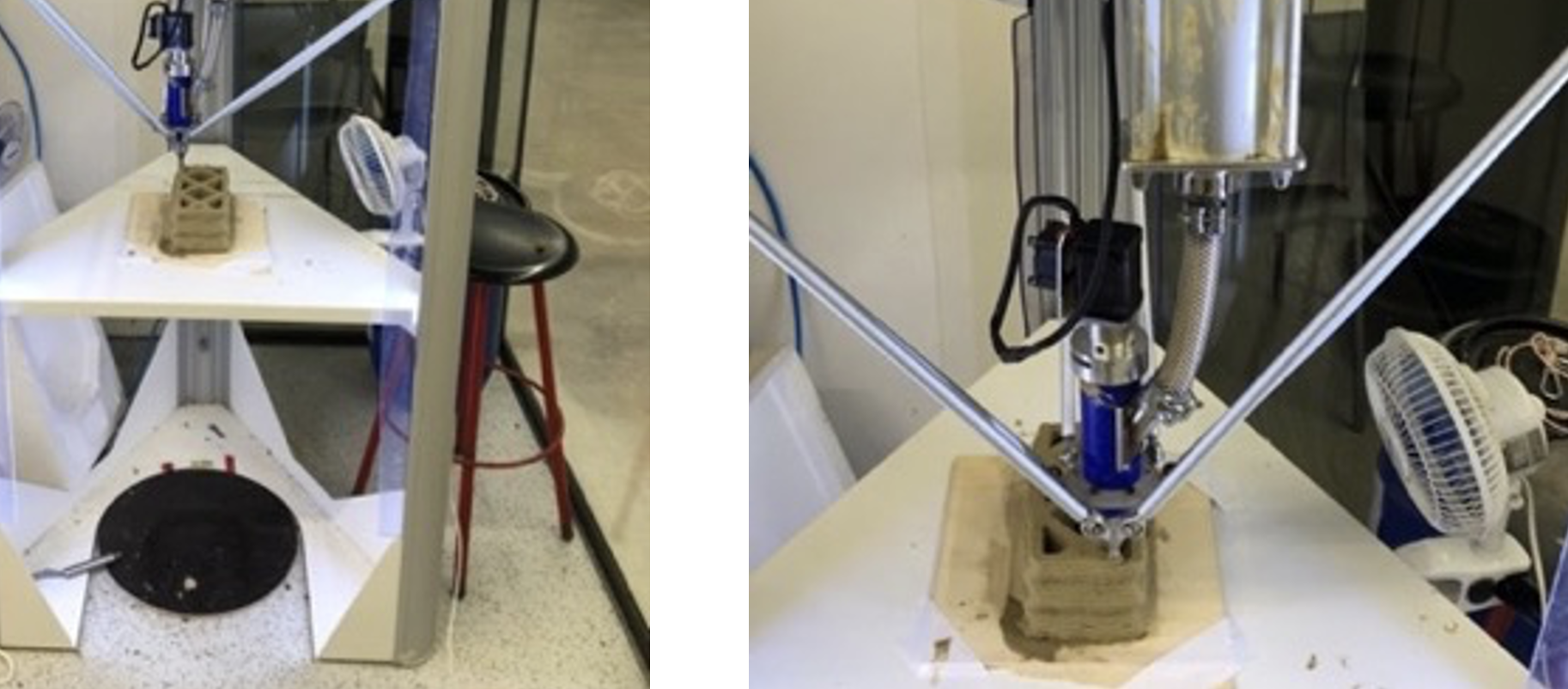
Join Us in Celebrating Gaya Salman’s Successful Completion of Her Master’s Thesis!
Examining Structural Connection in Masonry Construction with 3D Printing of Earth-based Material
Abstract
One of the oldest building methods, Masonry construction, traditionally involves structures like walls and arches. Due to its lack of resistance to seismic behavior and horizontal forces, modern usage of unreinforced masonry prevails in smaller, fragile structures such as fences and fireplaces. Still, it plays a crucial role due to its design flexibility and resistance to vertical forces. This research explores the integration of 3D printing in masonry construction to overcome some of its limitations. 3D printing offers significant innovations by allowing for complex geometries, possibly reducing labor costs and enhancing material efficiency. Despite challenges such as material stability during the printing process, the potential for 3D printing entire structures is revolutionizing modern building methods.
This study focuses on developing a methodology for creating 3D printed bricks with complex geometries to enhance the structural properties of the brick’s connection. This involves generating and testing various brick designs to assess their mechanical performance, particularly how these complexities improve wall functionality by eliminating the need for mortar, considered a weak point in the structures.
Additionally, the study revisits earth-based construction techniques combined with digital fabrication to produce environmentally responsive and structurally complex designs, aiming to bridge the gap between traditional earth-based masonry and 3D printing construction technologies.
Our results showcase the potential of 3D printed earth-based elements to withstand forces, despite challenges like material fragility and manufacturing inconsistencies. It shows that implementing geometrical complexity benefits the resistance of the element’s shape under increasing loads. The findings demonstrate the efficiency of complex geometries in enhancing the element’s structural performances and developing a novel connection for 3D printed masonry elements. Overall, this thesis contributes to advancing masonry construction methods, featuring the role of digital fabrication technologies in potentially shaping architectural design and construction practices.



